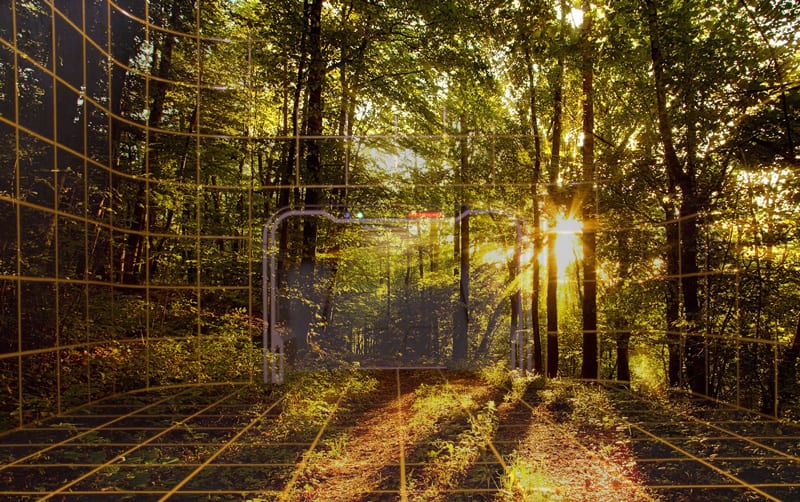Nash Blaxland reports on the worrying risk of holo-addiction among Luna’s children and one program that gives hope to those dealing with the struggle.
Jason Kershaw’s holo-addiction is out of control. Several months ago, the seventeen-year-old procured his own holo-emitters, turning his bedroom into a personal holosuite. Before that, he was spending upwards of ten hours a day in the holo-arcade near his home in Armstrong City. Last year, he was top of his class. Now, he has dropped out of his final year at Aldrin High School.
“He’s become aggressive and angry, and even violent towards, people,” said his mother, Renée Kershaw. “He used to listen to us, but now he doesn’t.”
Some parents have already taken matters into their own hands, turning to a small but growing number of services that offer help for those struggling with holo-addiction. One such organization is End Program, a Kinshasa-based NGO that offers specialized camping trips to some of Earth’s most remote and pristine locales–the Alaska Panhandle, Tierra del Fuego, Hokkaido and Nalubaale–about as far away as one can get from Luna’s high-tech colonial cities and the hologrid. Renée enrolled Jason in End Program’s camping trip to Argentina as a last resort.
“I’m really worried,” Jason said just after his arrival, “because I’ll be disconnected for so long. But I’m hoping other things will fill my time.”
Just after sunrise, Jason and fifteen other teenagers arrived at the camping grounds, located 30 km outside of Ushuaia. Their PADDs, communicators, and other devices were taken away, locked up for safekeeping, then the campers said goodbye to their parents and to the world of holographic entertainment.
Jason said this was a problem for him.
“I have friends in the holosuite,” he said. “They’re real to me, and I care about them. But I’ve grown apart from my real, human friends, and I know that’s not healthy.”
One of the camp’s core goals is to rebuild connections back to the real world, and weaken the campers’ ties with the holographic one. Janis Vintspils, Executive Director of End Program, says many children lose their entire childhoods to holosuites, and the problem is compounded in environments like the Lunar colonies.
“So many Lunan children’s lives revolve around the holosuites,” Vintspils said, “because there is no real world environment for them to interact with. Our counselors help the kids reconnect with a natural world that, to many of them, is alien.”
The camp’s counselors, many of whom are recovering holo-addicts themselves, help the campers think about a future beyond the games and role playing adventures, to show them other possibilities, and ultimately try to bring back hopes and dreams that their addictions have destroyed.
Liisa Jutila, a 29-year-old counselor whose own holo-addiction contributed to the end of her marriage, said that in the end, the campers must apply what they learn when they get home if they are to succeed in recovering.
“We teach them methods to manage their impulses, and their desires to use holosuites, so they can continue to use them when they go back home,” Jutila said. “On Luna, holo-technology is used in schools and in the workplace, so they have to learn how to be smart about using it.”
The teens also undergo intense one-on-one counseling to work out any underlying causes of holo-addiction, like depression, family conflicts, or personality issues.
The camp may not promise a cure, but after just two days, Jason Kershaw said it was helping.
“I’m feeling better,” he said. “I’m learning you can go a day without the holosuite, and what to do when the panic sets in.”
Comments
comments

